A black girl without all the added glamour society demands for. A black girl in her raw form
How can you be desired in a society where the standard is the opposite of who you are?
February 3, 2023
“I’m Black, not Black”: myself and many other black women have heard the saying, seen it in TikToks, in YouTube video titles, for example Ty Talk’s commentary clip with the same name that discusses the societal beauty standard for black women. The majority of black women — who are not born with features that conform to European beauty standards — will have said it. But what does it mean to those who are lucky enough to be unfamiliar with the phrase? Well, as Tee Noir phrased in her youtube video captioned ‘Society Vs. The “Average” Looking Black Women’: “black women in the ordinary”. Then even more simply: “A woman who is black. Not a black girl magic connoisseur. Not a black queen, just an ordinary black girl”. A black girl without all the added glamour society demands for. A black girl in her raw form.
It is hard to decipher if you haven’t thought about it before. But it’s more easier to understand when you ask the question: when have the media portrayed black women? Some actresses may come to mind, perhaps Beyonce, Ryan Destiny, SZA, Naomi Campbell, Rhianna, maybe even Zendaya? These black women, with their own successes and skillset, do share one thing: certain features that fit the Eurocentric beauty standard. Whether that be thinner, pointier noses, looser curls, lighter skin or lighter eye colours. It’s an example of how our society conforms to Featurism, — as quoted from a post a under “What is featurism” by Naima Autumn Rose on the ‘Dear Dark Skinned Girl’ website — a prejudice against Afrocentric features and preference of Eurocentric features.
Both the media and society simply don’t allow black women the freedom to exist. I can definitely think of an time I’ve seem a white girl sporting a “messy bun” with a makeup-free face. It’s nothing unusual, especially as it’s a common look in coming of age movies targeted to teenage girls. And for all the times I’ve seen a girl wearing one in the street, I’ve never given her a second look. It’s a shame the same can’t be said for a black girl in a bonnet and a bare face. Existing in the ordinary is unseemly then, it’s lazy then. Side eyes and stares are expected then. I know it happens because I’ve been that black girl myself.
The effect on black women to always look their best no matter what they are doing, creates a pressure that crushes them as soon as they are old enough to realise how they’re being perceived. There are young black girls wishing for the straight hair that saturates the media and, sadly, that’s nothing new in black communities. Children as young as three — as shown in the Clark Doll experiment — are able to be impacted by racial perceptions that plague society.
The Clark Doll test was a psychological experiment by Kenneth and Mamie Clark that first started in the 1940s in the US. Its aim was to study children’s attitudes to race and their self-image through using four dolls that were identical except for their skin colour. The subjects of the test were children aged from three to seven years and were asked to identify the race of the dolls and which they preferred after asked a range of questions. As quoted from the paper by Simon Howard, Ph.D., and Kalen Kennedy, M.S. Marquette University, on the Doll studies: “The results of the doll studies were clear; a majority of the Black children had a preference for the White dolls. When the children were asked which doll they preferred and which was “nice” and “pretty,” the majority of the kids attributed positive characteristics to the White dolls. The negative characteristics however were primarily attributed to the Black dolls.”
There is a popular myth that European beauty standards are expectations that have been created recently, perhaps only two generations back. But beauty standards on hair type, nose shape, body shape and skin tone have been crafted since the Transatlantic Slave Trade. You would think that by now, over 200 years later from its end, that more progress would have been made to move away from such standards. That progress would have been made to better black women from days where they were publicly examined and exposed inhumanly as entertainment to Europeans, like Saartjie (Sara) Baartman.
Still, some may argue that enough progress has been, since our first black female MP, Diane Abbot, was elected in 1987. Or that Fenty Beauty was launched in 2017 to cater for a full range of shades. Or that Michaela Coel, Issa Rae and many other black women are writing and producing representative shows themselves are examples of how we’ve moved forward as a society. And yes, it is progress, but there are still signs of us backtracking due to the commodification of black women. For example, the societal shifts towards tanning, lip-plumping/filling, sticky bangs (the name for when non-black people wear edges) and plastic surgery for body types that black women were bullied for having in the past.
In an article by Cady Lang, titled ‘Keeping Up with the Kardashians Is Ending. But Their Exploitation of Black Women’s Aesthetics Continues’, Lang wrote: “It’s a vicious culture that valorizes curves on wealthy, racially ambiguous white women, but stigmatizes these traits on Black women; one that plays into a longtime fascination with the aesthetics of Blackness…” Now, some could blame the rise in BBL treatments on Kim Kardashian, a well-known Armenian, for her drastic body changes. Yet, Kim has also appropriated black hairstyles like cornrows or Fulani braids, which have roots in West Africa, and attributed them to Bo Derek, another white woman who was appropriating them in the first place. This sort of behaviour has normalised the appropriation of hairstyles with no attention given to their historical importance.
As quoted from Joseph Rippo in an article called, ‘Cornrows and how they were used as maps to help slaves escape’ ; “Enslaved peoples in Columbia were the most known to have used cornrows to escape. They were able to do this by braiding their hair in a way to resemble roads or a path that one would have to take…” Social media content creator, and close friend, Mae Zae said in an interview regarding cultural-appropriation: “If we — as People Of Colour — can look around and see, oh this culture does this, this culture does that [and not take it as our own], why can’t white people with clear privilege do the same?”
Now you may be wondering what this may have to do with the de-progression of society — after all, we’ve all seen white women rocking her red-scalped head of braids every now and again. And you’d be right. This is to do with the broader, less talked about issue that is racial ambiguity. It was a term first mentioned in 2012 in a dissertation by Starita Smith, labelled: “What are you?”: Racial ambiguity and the social construction of race in the U.S.” Despite the years between, it has been talked about much more in 2020 and years following.
The term “racially ambiguous” refers to anyone whose racial background is not easily identifiable based on their outer appearance. Clothing models when you’re doing online shopping and Instagram models are a good example of this, especially as if you search for long enough, you’ll find that they all look similar. Not race-wise, no, but in their shared features, from their ‘Asian Eyes’ to their full lips, bronze skin and sharp noses; features picked and chosen from various ethnic groups and placed on skin that’s not too dark that its ‘unattractive’.
It could be argued that we are heading towards an ethnically ambiguous climate in the media, but where does it leave black women? Slender black women? Plus-size black women? Dark-skinned black women? Physically disabled Black women? Black women with tighter curl patterns? With short ‘fros? On this topic, Mae Zae said: “I think diversity needs to be authentic and true. You can’t be white but then have your eyes made to look that of, like, an asian woman or your lips to be made to look that of a black woman. You can’t just pick and choose what you want from a different culture when you don’t belong to any of them. Because you’re taking away opportunities from people who [naturally] have those features and would like to work in those spaces.” And I agree. Black women are just as excluded as they were in the beginning, but now exploited by others for their blackness.
Another reason it’s a problem is because white women can commodify off them since everyone else in society is doing it. Like when Hailey Bieber tried to coin a lipliner and gloss combo as ‘Brownie Glazed Lips’, when black women and women of colour have been rocking the look since the 90s. As eloquently phrased by Wanna Thompson in the online post titled ‘How White Women On Instagram Are Profiting Off Black Women’: “White women want access to Blackness but don’t want the suffering that comes along with it.”
Overall, we still have some way to go as a society and recognising our own privileges and how we can use them to help and uplift others is a right step forward. Though, despite all the negative sides, there is still plenty of positive to be happy about. As Mae Zae, an aspiring model who has taken photos for her portfolio recently, said : “I do think my skin tone will help me because of certain spaces where people will want me, for like, Afrocentric looks or cultural representation and stuff like that. But it’s also good for brands that want to make sure they are being open and honest, that they want a diverse set of people to represent their brand, so I think there’s space for me there.”
Despite the society around us, you should never be afraid to reach your dreams, even if you may be the first person who looks like you to do them. Even if it may seem hard, you’ll be opening up doors and encouraging those with less confidence or belief to stretch as far as you have— perhaps even further. Because steps forward that we take as a society, no matter how small, are still steps.


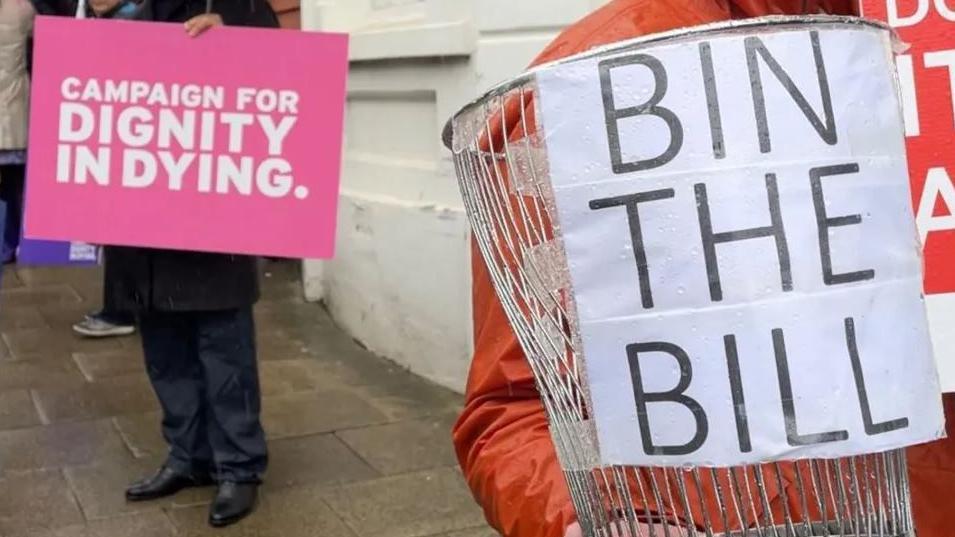
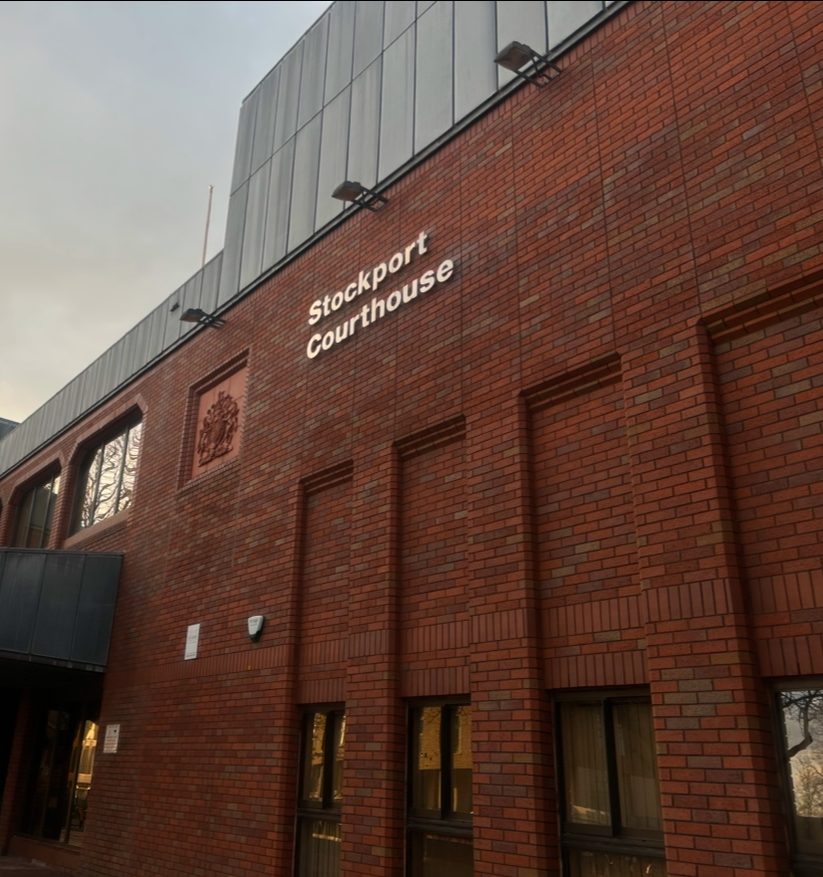
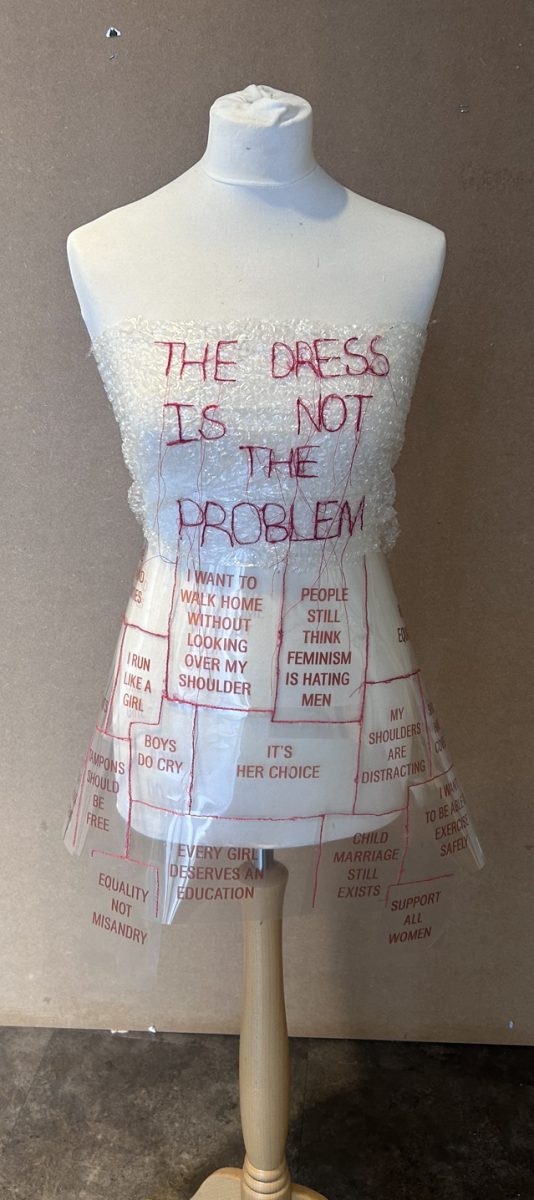
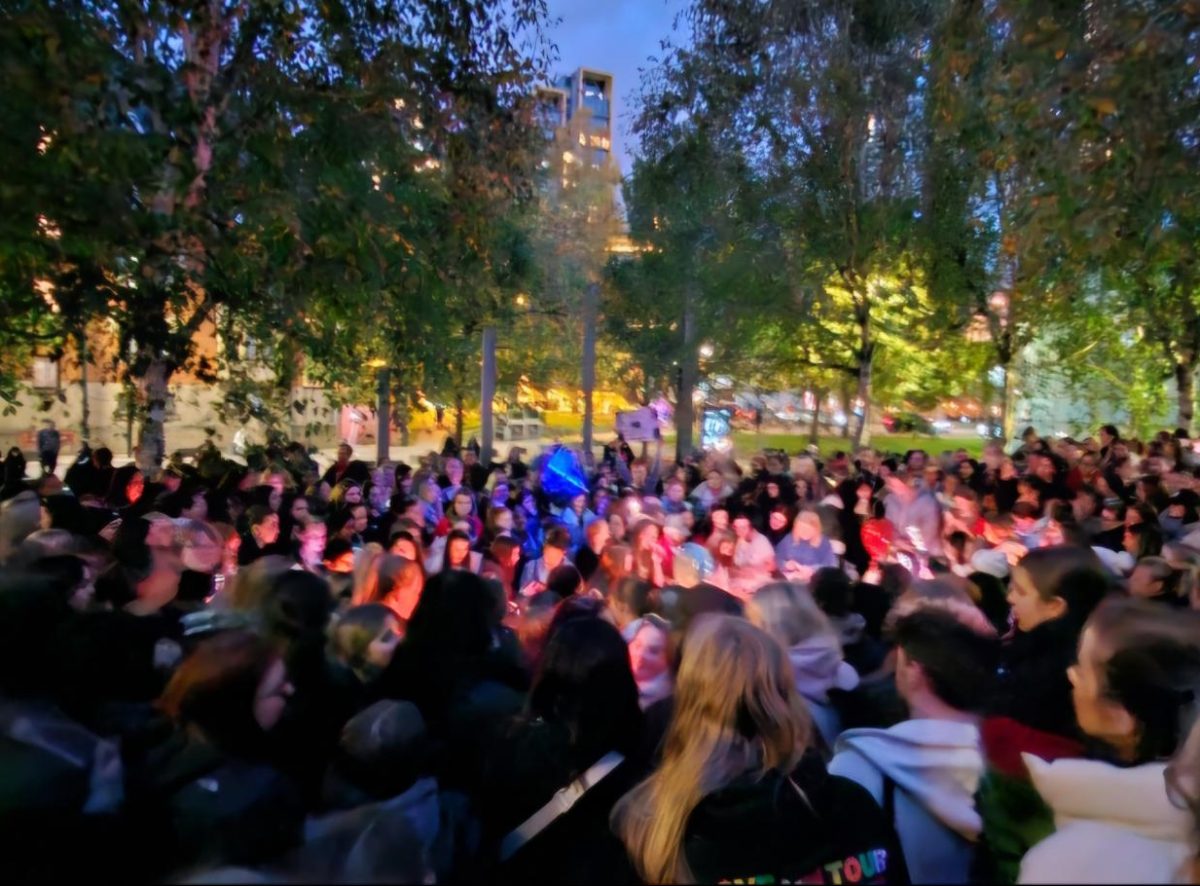
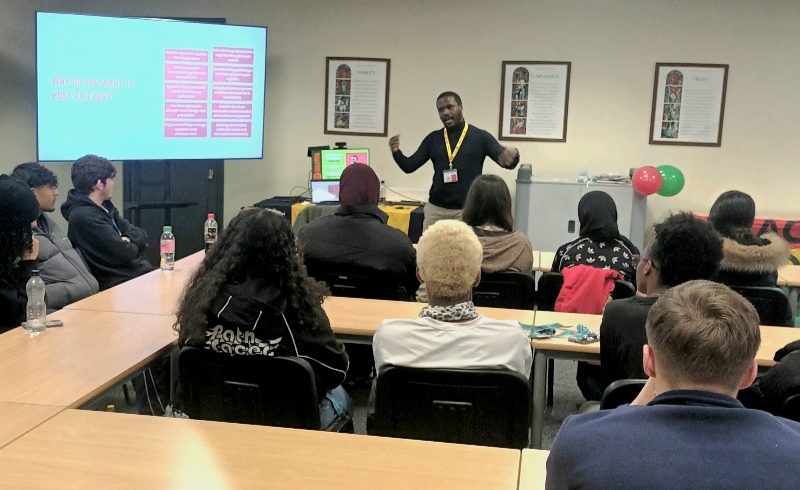
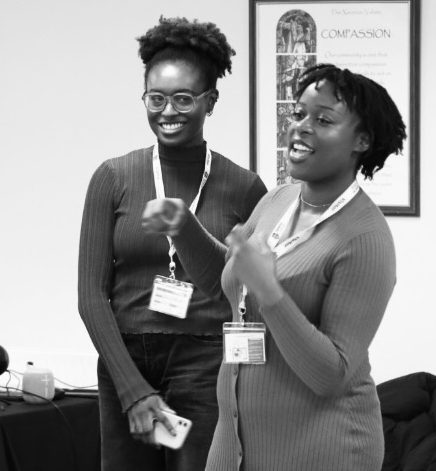






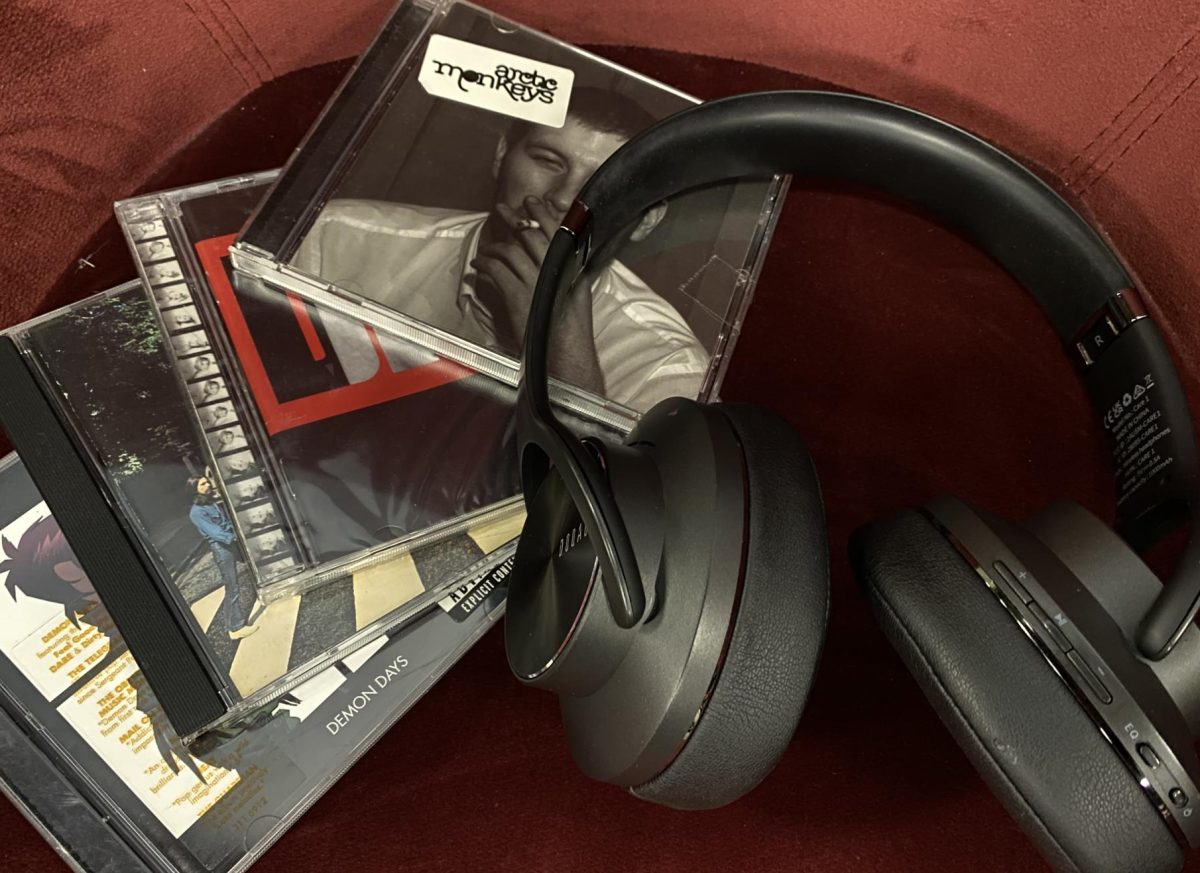

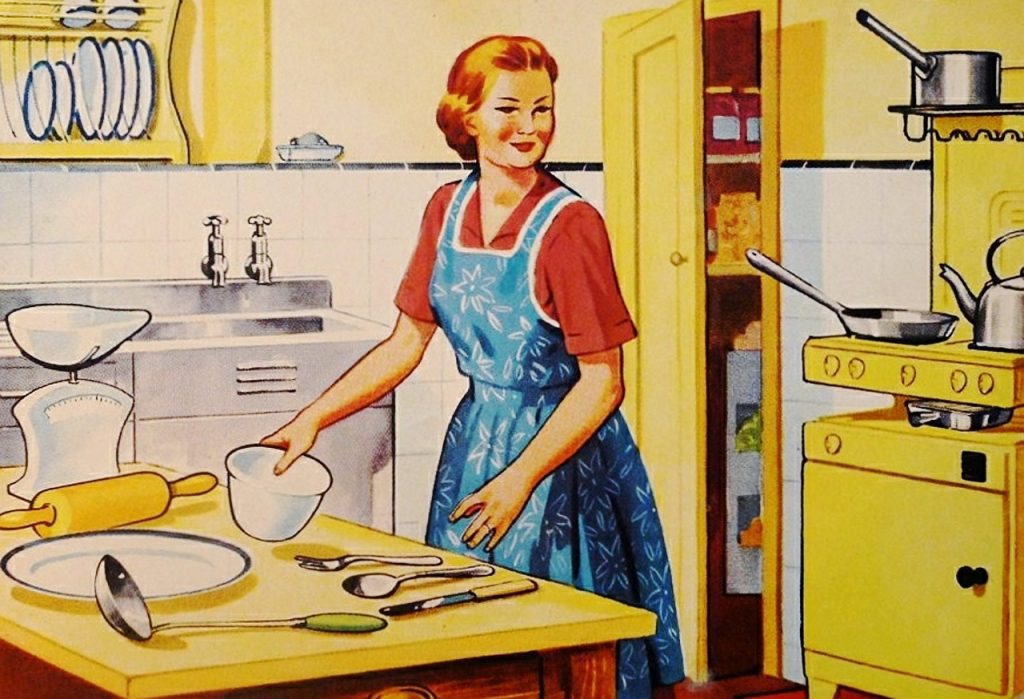

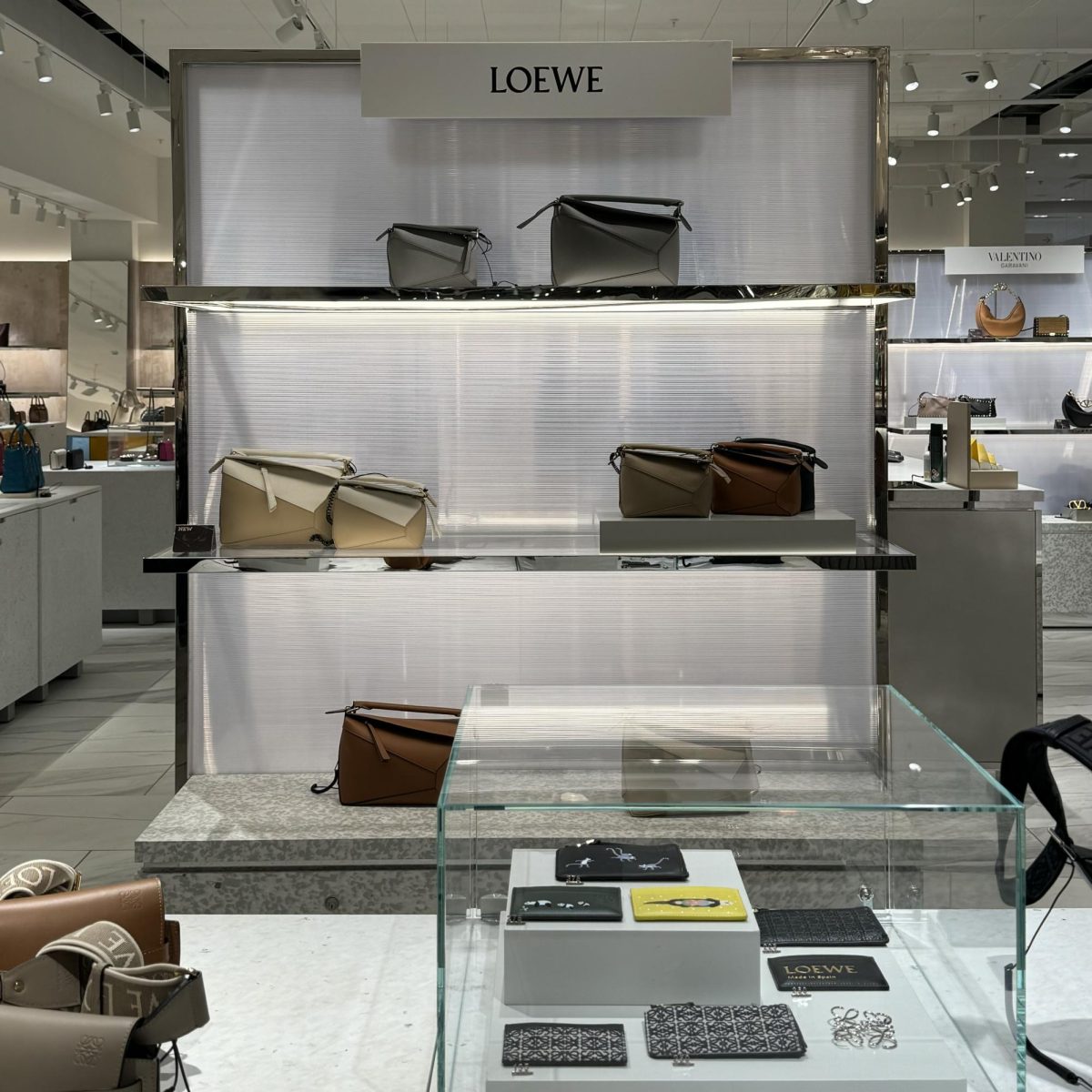
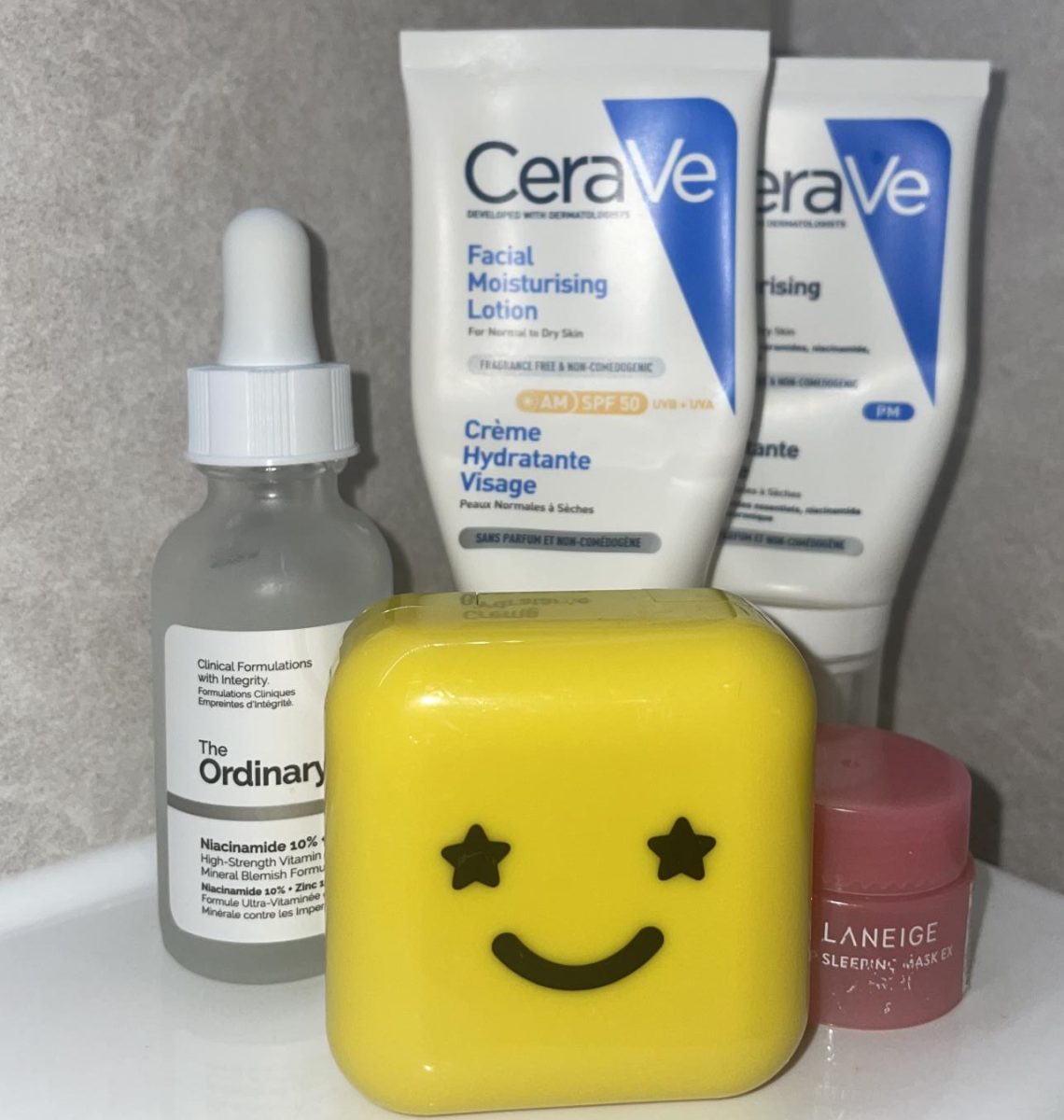
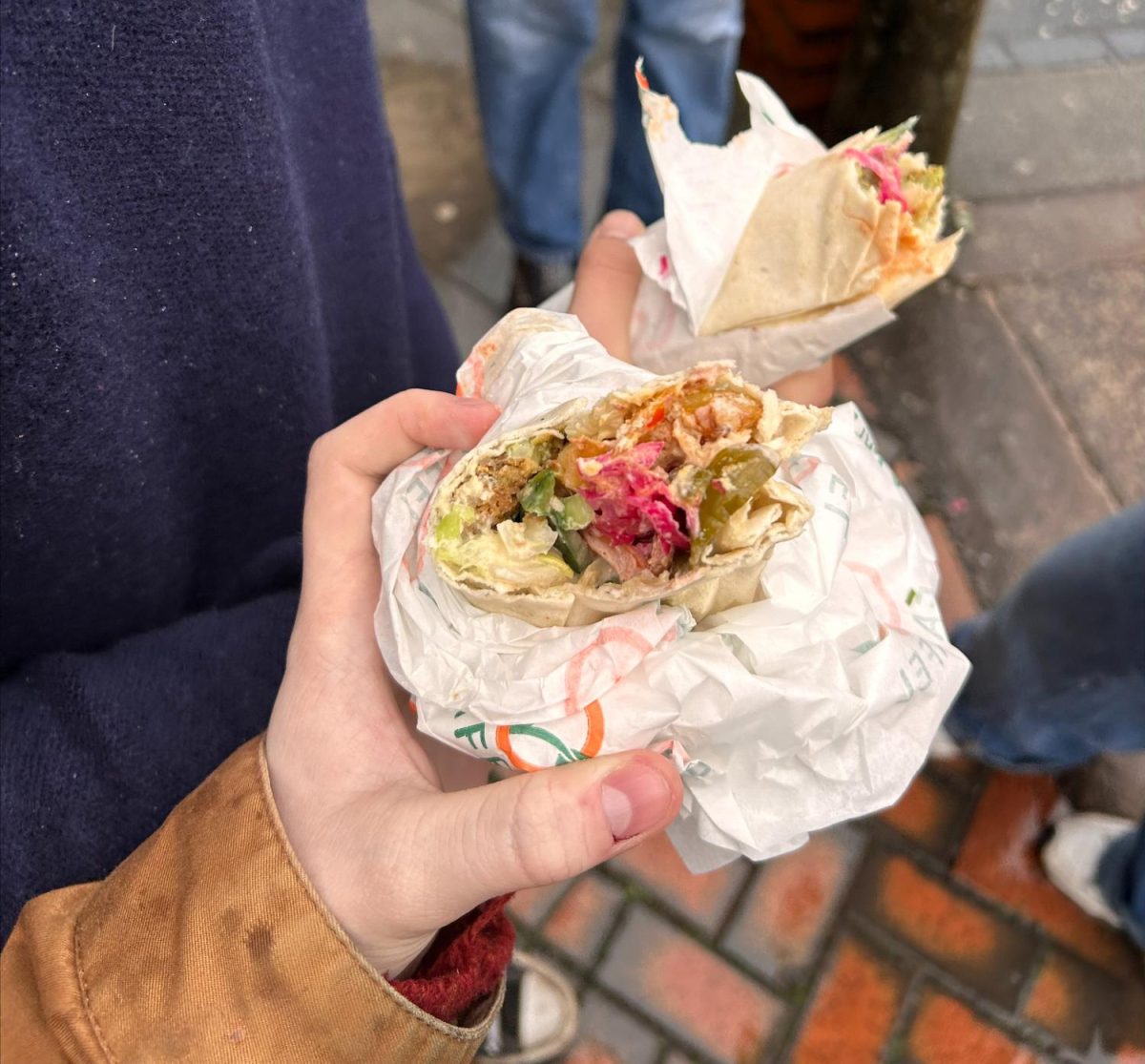







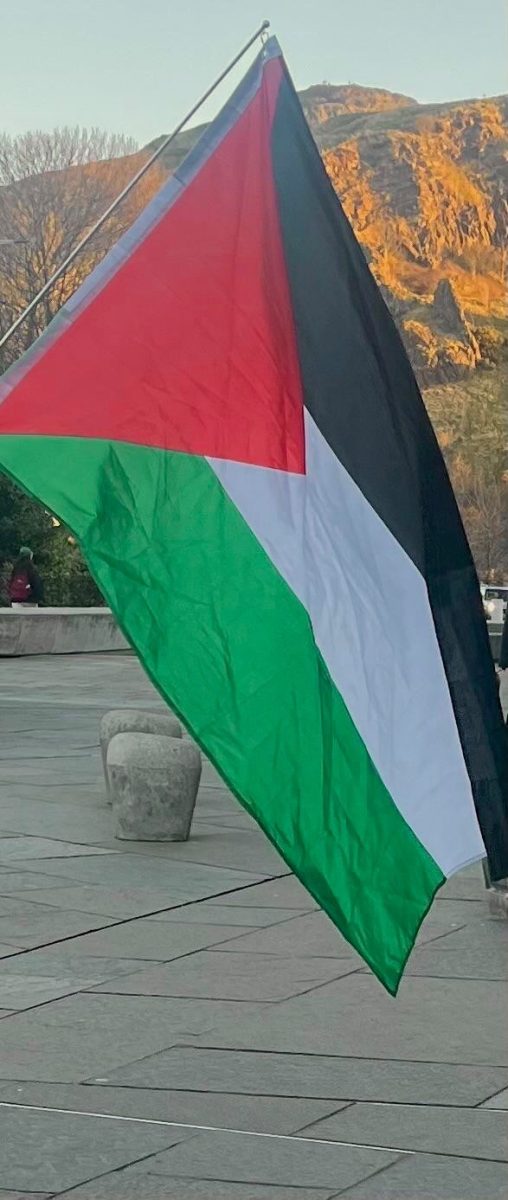


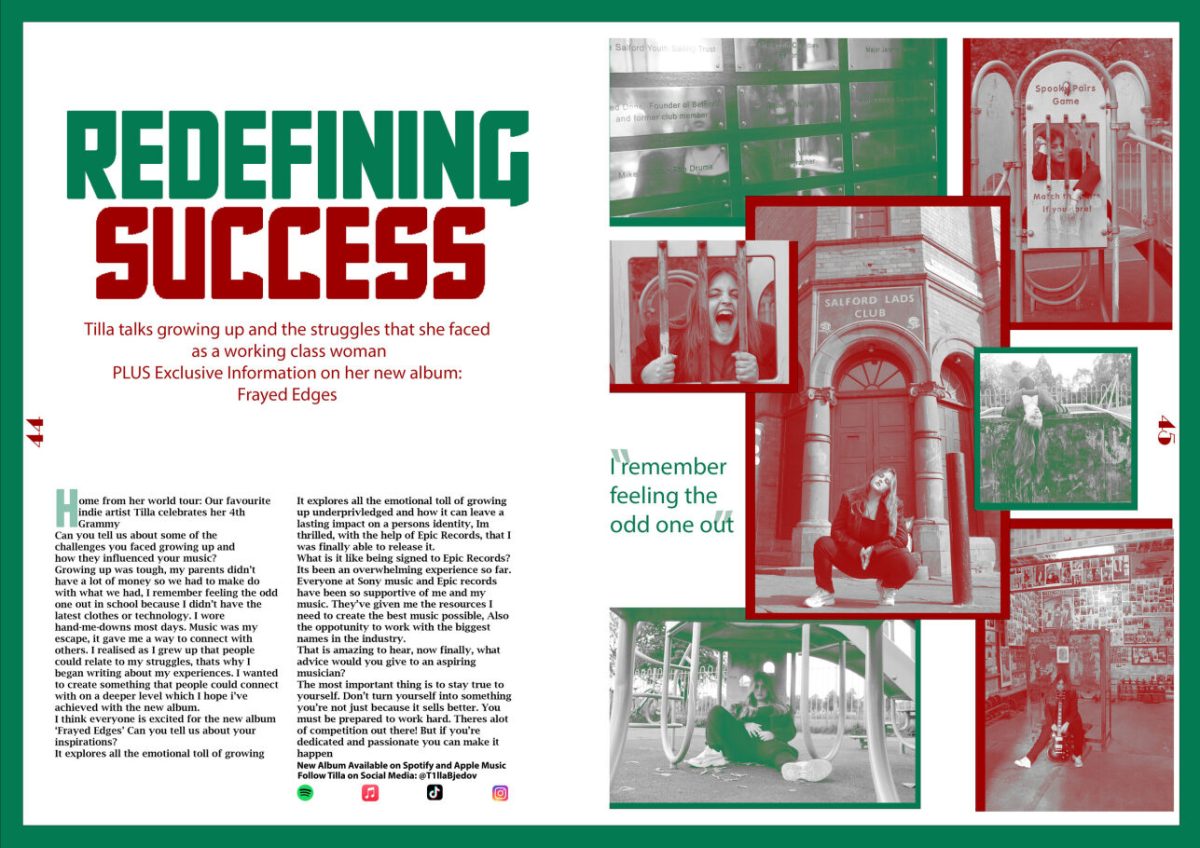

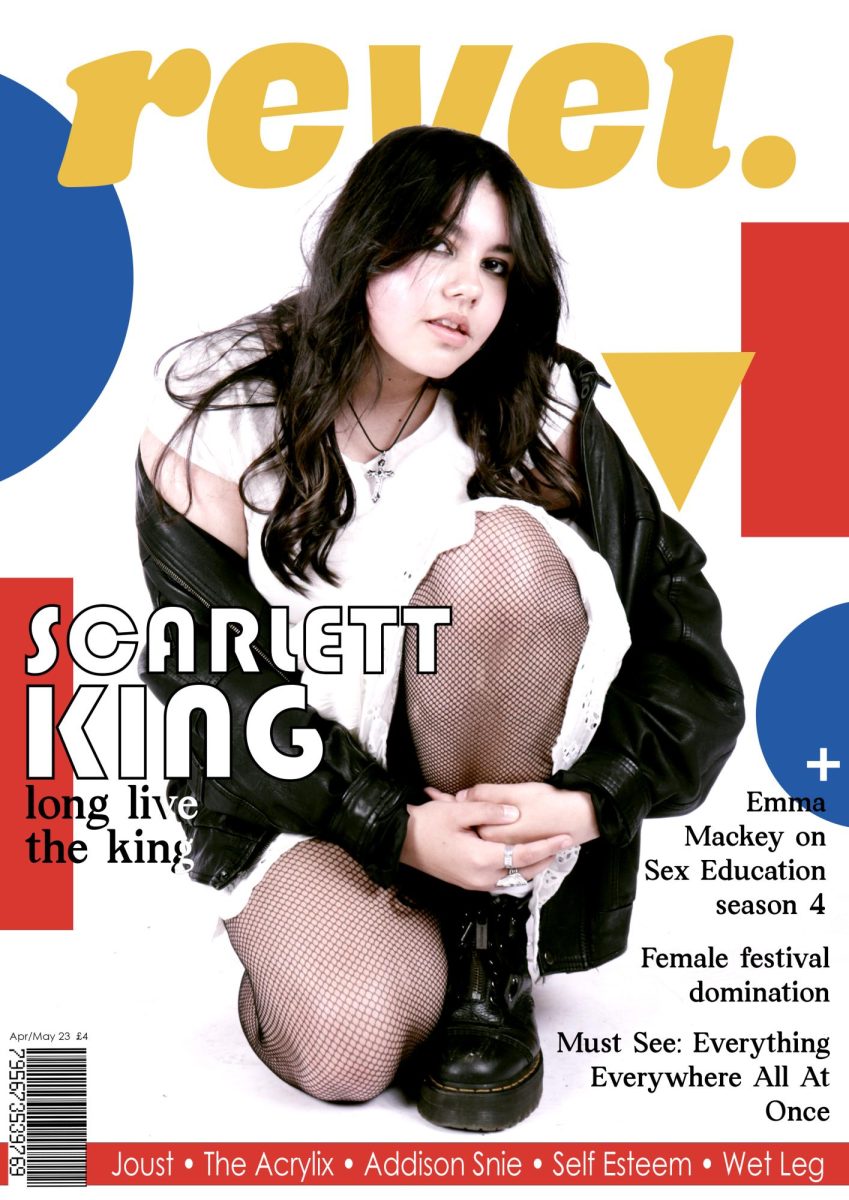
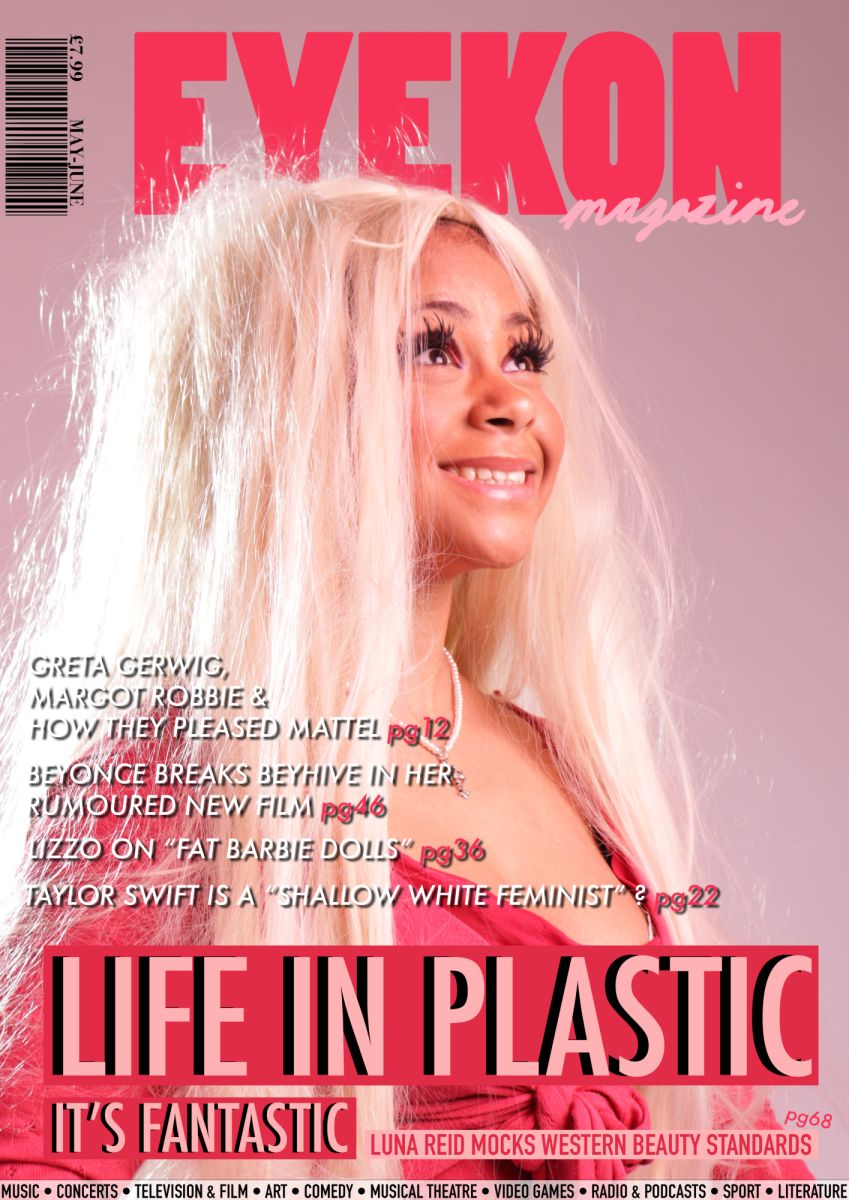
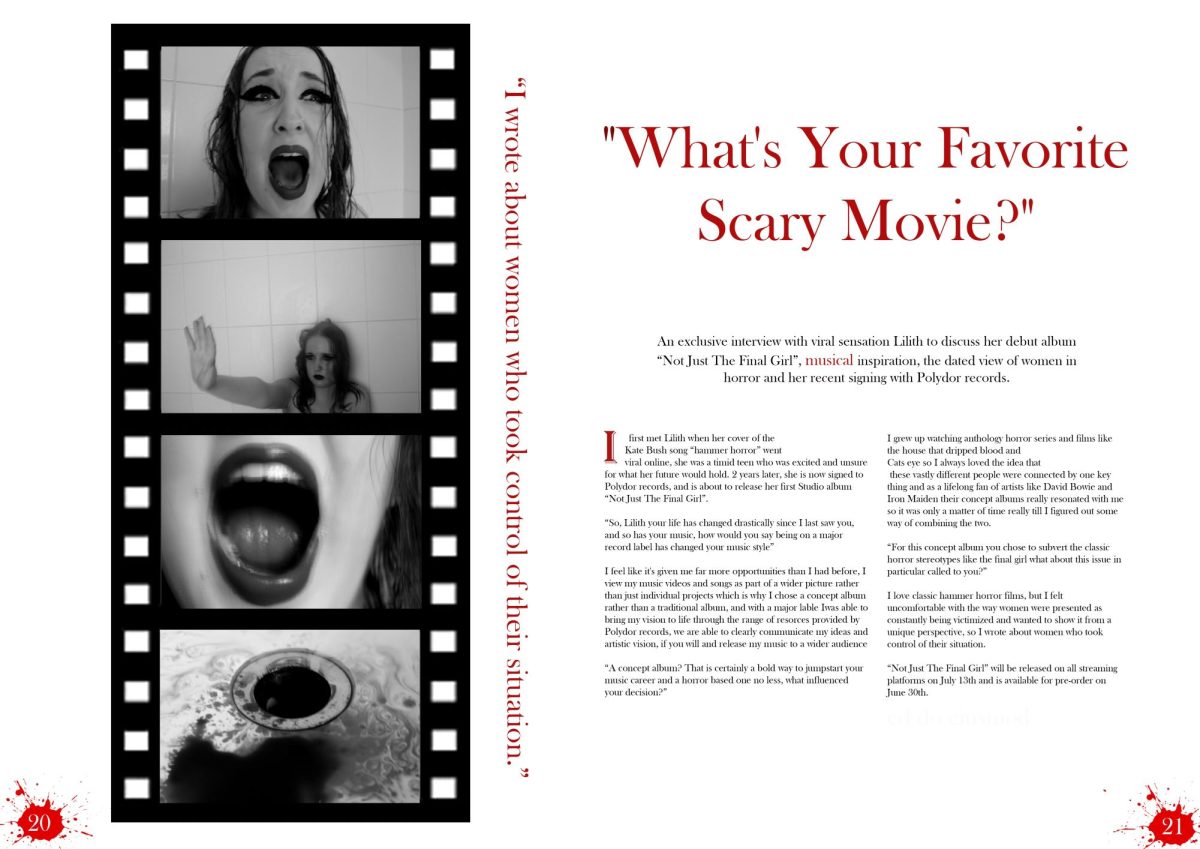


Marsell Mackintosh • Jun 19, 2023 at 7:45 am
Very thought provoking – thank you for bringing such a complex topic to this forum
Nicole • Jun 19, 2023 at 5:22 am
Fantastic article!
Deborah Ferryman • Jun 19, 2023 at 5:13 am
A thought-provoking perspective. It is interesting to note that there is an increased “black” presence in the media, yet for females it is still Eurocentric,in that the female presenter may have straightened rather than natural hair.
Sadia • Jun 19, 2023 at 2:39 am
Beautifully written!
Sarah • Jun 13, 2023 at 1:04 pm
Thank you for writing and sharing this, it was very illuminating. I would love to read more from you.
shahed • Feb 12, 2023 at 5:38 pm
lovee this article
Jacqui Shirley - Organiser • Feb 9, 2023 at 8:56 am
Very informative, I learned a lot
Destiny • Feb 9, 2023 at 5:52 am
This article is amazing.
Ffion • Feb 9, 2023 at 5:49 am
Very informative, i hadnt thought about some of these things before